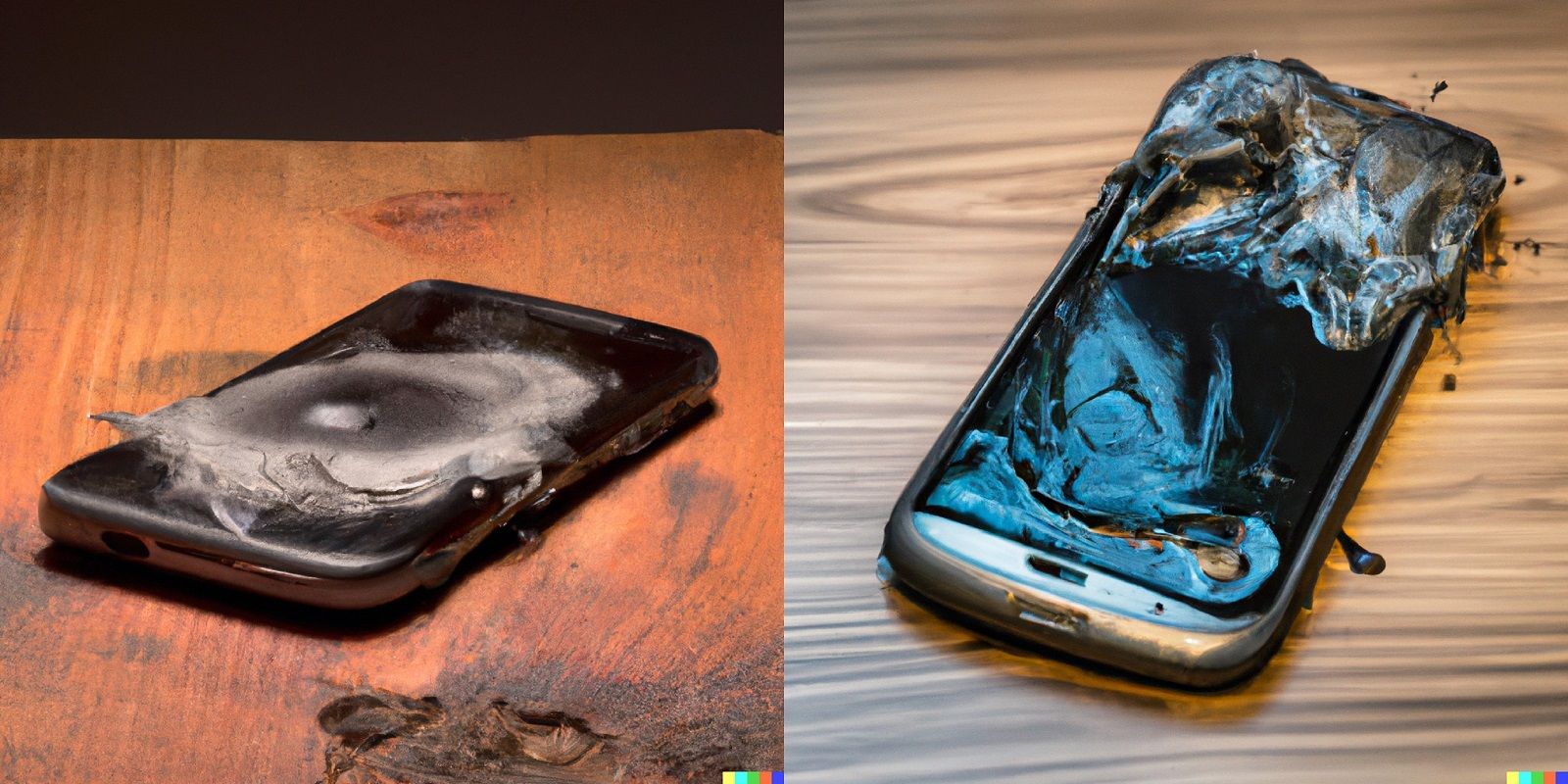

Image generation: DALL-E uses a generative network to generate the corresponding image once the textual description has been encoded into a feature vector. Encoding the textual description: At this stage, DALL-E uses a natural language encoding neural network to convert the textual description into a vector of numerical features. Then, the model uses these feature vectors to generate the image through a generative network.ġ. First, using a natural language processing model, the model converts the textual description into a series of feature vectors.

The image creation process in DALL-E is performed in two main steps. DALL-E is capable of creating realistic and detailed images from complex textual descriptions and has generated a great deal of interest due to its ability to create original and surprising images. It is an end-to-end image generation model that uses a technique called "transformer", which is widely used in natural language processing. In this article, we will explain these two tools in more depth and see how they are revolutionizing the world of artificial intelligence.ĭALL-E is an artificial intelligence model developed by OpenAI that can generate images from textual descriptions.
#Openai dalle produces fantastical images you software
DALL-E is a tool created by OpenAI that uses deep learning techniques to generate customized images, while Midjourney is software that uses neural network technology to apply different artistic styles to images and videos. What is DALL-E and Midjourney in the artificial intelligence revolution?Īrtificial intelligence has evolved by leaps and bounds in recent years, and DALL-E and Midjourney are two examples of the new era of AI.


 0 kommentar(er)
0 kommentar(er)
